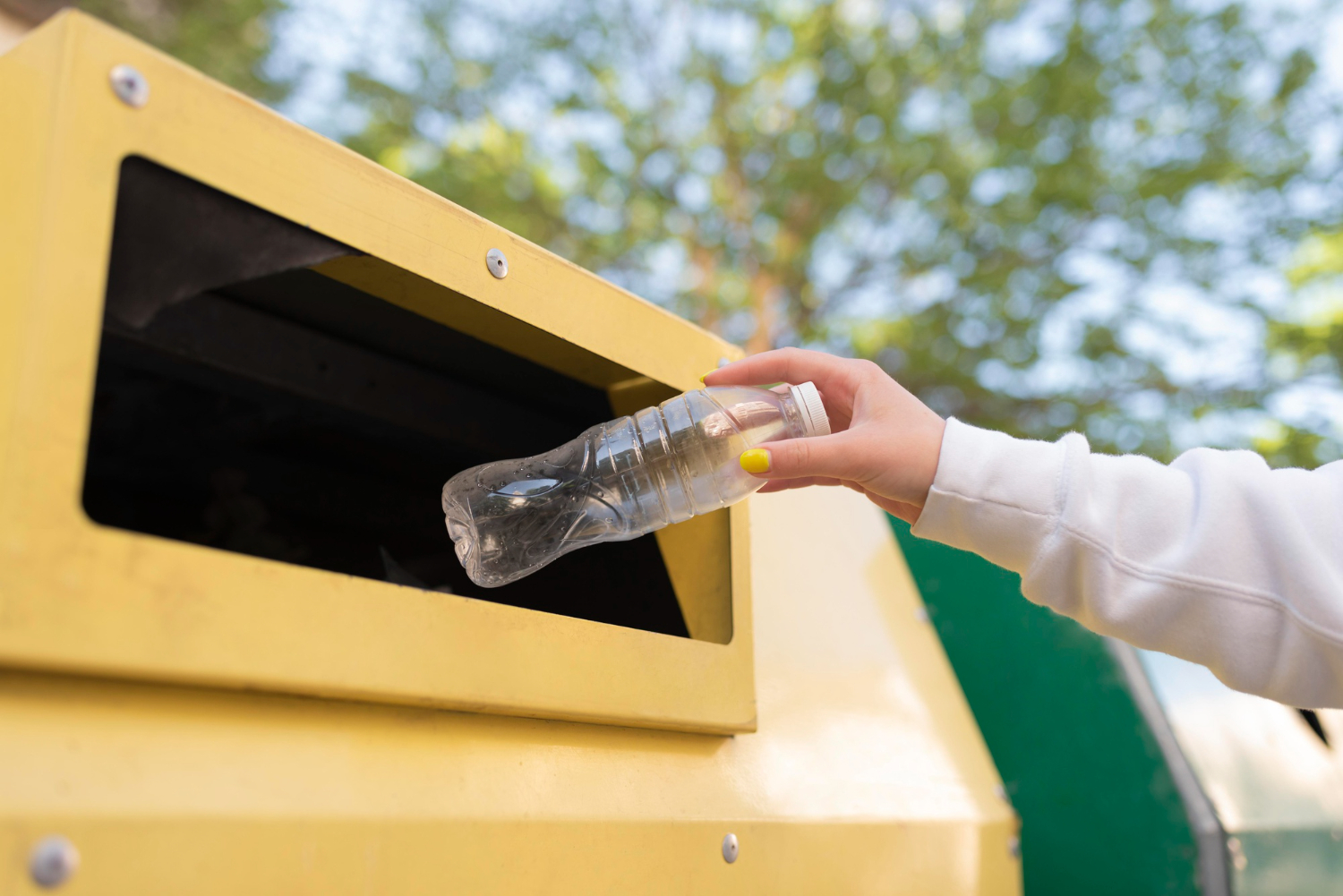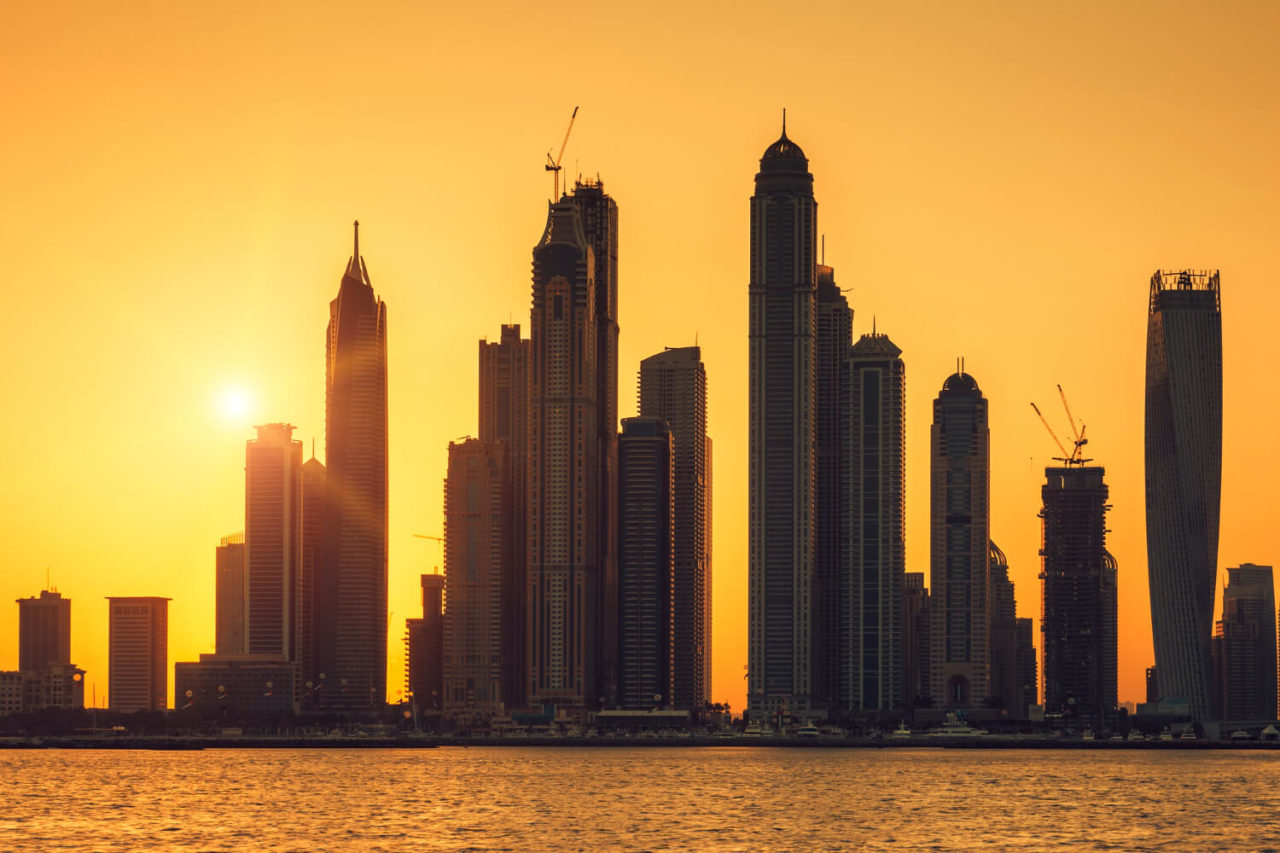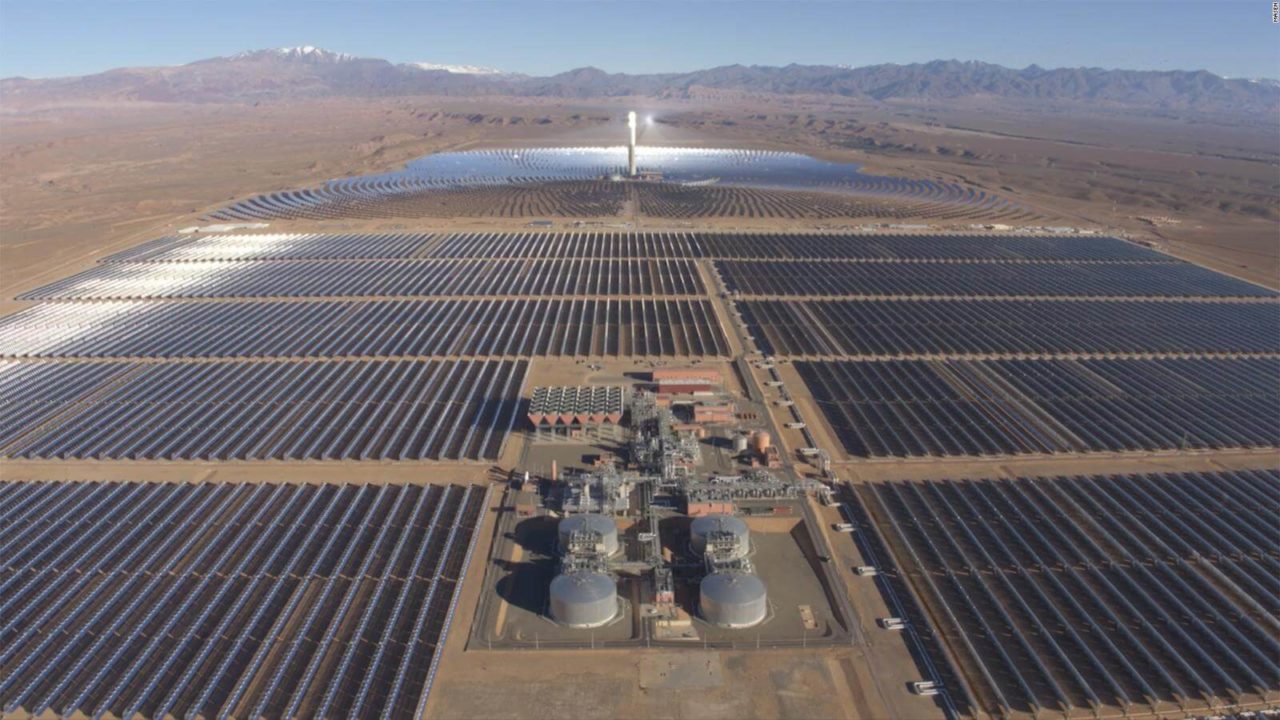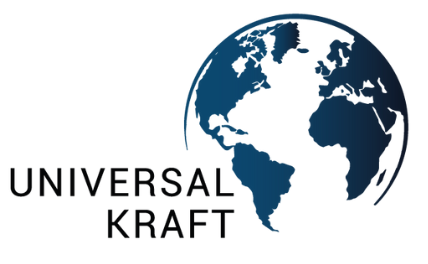
Waste to energy solutions provide a convenient solution to both environmental loading and energy production, especially in distributed energy models.
In order to be fully sustainable, we have to truly address waste challenges. The ultimate solution is the reduction of waste at source, meaning less waste production. Business models are based on the availability and type of waste, energy needs, and technology solutions. However, care should be taken in applying off-the-shelf solutions to particular projects, meaning each project should be evaluated on a stand-alone basis. Numerous global initiatives and cooperative efforts have been made to reduce waste’s negative effects on sustainable development and to turn it into a resource that will benefit humanity even more.

The example of UAE
The UAE government established the Circular Economy Policy in 2021 to guarantee the responsible and effective use of natural resources and products. This initiative is part of the country’s efforts to advance environmental health, encourage the use of clean production techniques, and realize its vision of becoming a global leader in sustainable development and green growth. The policy is expected to support the country’s economic growth, innovation, competitiveness, while mitigating environmental impact.
There exist a variety of business models for waste to energy solutions. A number of countries are providing electrical production subsidies as incentive for putting up WtE plants. While build-operate-transfer or build-operate-own-transfer schemes are being implemented on large infrastructure projects, community-based companies are also available for smaller applications.
In keeping with the UAE’s Circular Economy Policy, the Abu Dhabi Waste Management Center (Tadweer) is always working on initiating programs and creating projects that convert waste liabilities into financial assets.
The waste-to-energy solutions plant operated by Tadweer and EWEC also contributes to the nation’s Energy Strategy 2050, which intends to save Dh700 billion by 2050 by reducing the carbon footprint of power generation by 70% and increasing the share of clean energy from 25% to 50%.

More specifically, Waste to Energy solutions contributes to the circular economy by:
- Providing a hygienic service to the community by treating non-recyclable combustible waste and pollutants, which would otherwise end up in landfills.
- Providing secondary raw materials from incineration residues, a process known as material recovery.
- Recovering energy from waste and providing a local and reliable source of renewable electricity, heat, hydrogen and fuels, substituting fossil fuels and strengthening the EU’s energy security.
- Recovering the emitted carbon from its processes through carbon capture technologies and producing further products and fuels.
This comes in line with the UAE’s forward-looking vision to ensure the country’s sustainable economic development.
ALSO READ HOW WASTE SOLUTIONS CAN HELP REDUCE CARBON EMISSIONS

Waste can represent an important 24/7 base power, especially if used in a small or medium sized plant. In order to identify the best solutions, Universal Kraft collaborates with a number of technical partners. These partners include the patented EPGS pyrolysis technology, which offers small, scalable, adaptable, and efficient solutions for turning a wide range of wastes into energy. Our main interest is to bring waste into a circular context in smaller communities, in combination with sustainable actions. As solid waste and organic compounds in industrial wastewater and residue water are some of the feedstock that offer untapped energy potential.
Not only may trash be a problem, but it can also be a solution if non-recyclable waste is converted into a useful resource for the entire community.
Discover our Waste to Energy Solutions projects here.




